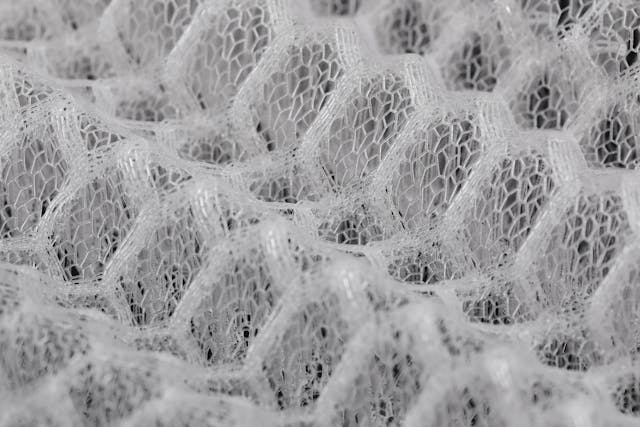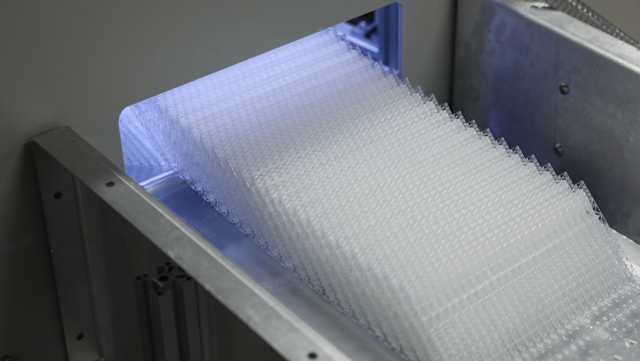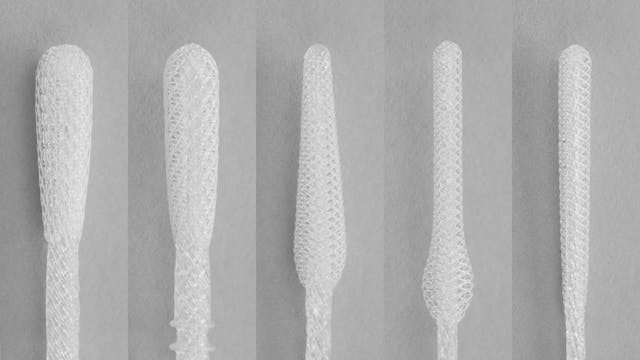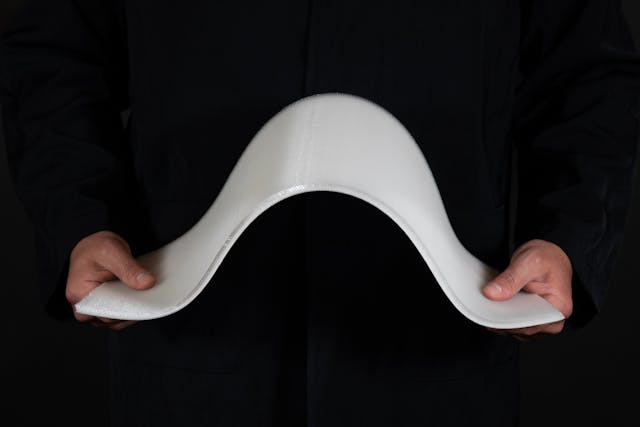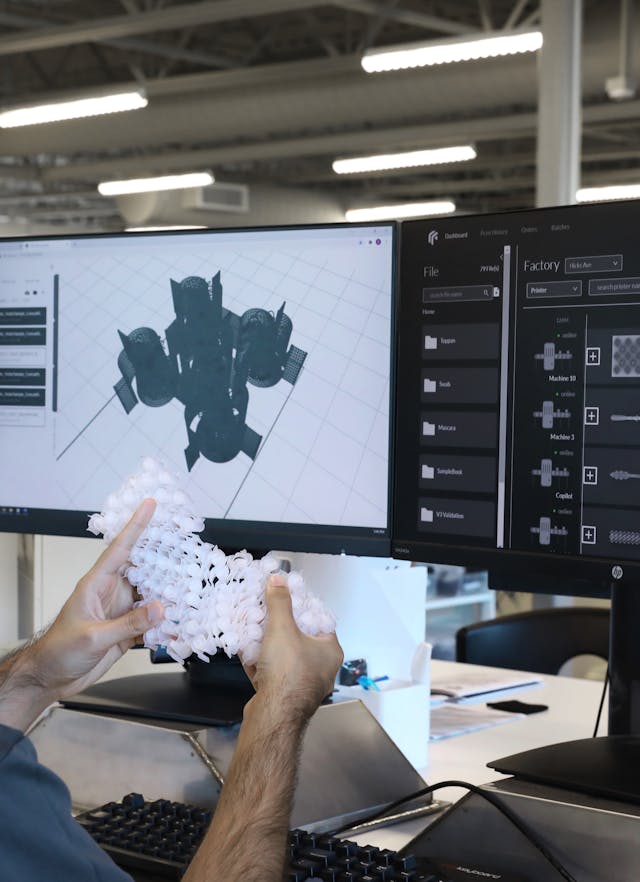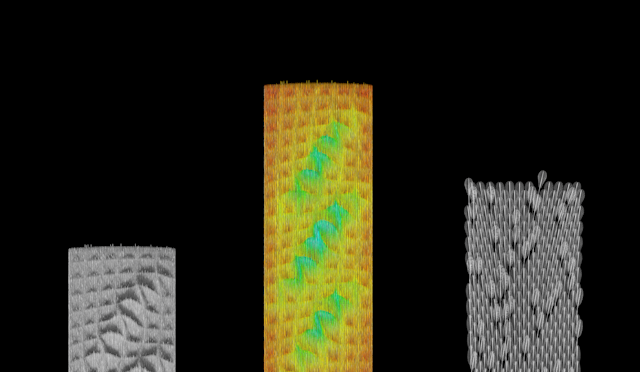Testing for infectious diseases sample pooling and at-home testing
Testing for infectious diseases sample pooling and at-home testing
The COVID-19 pandemic highlighted the importance of testing for infectious diseases, both for individual people’s health and for public health. When working to mitigate the impact of an infectious disease, it is important to test large numbers of people. However, this can take a significant amount of time and resources. Sample pooling and at-home testing can help. Read on to learn more about these testing methods.
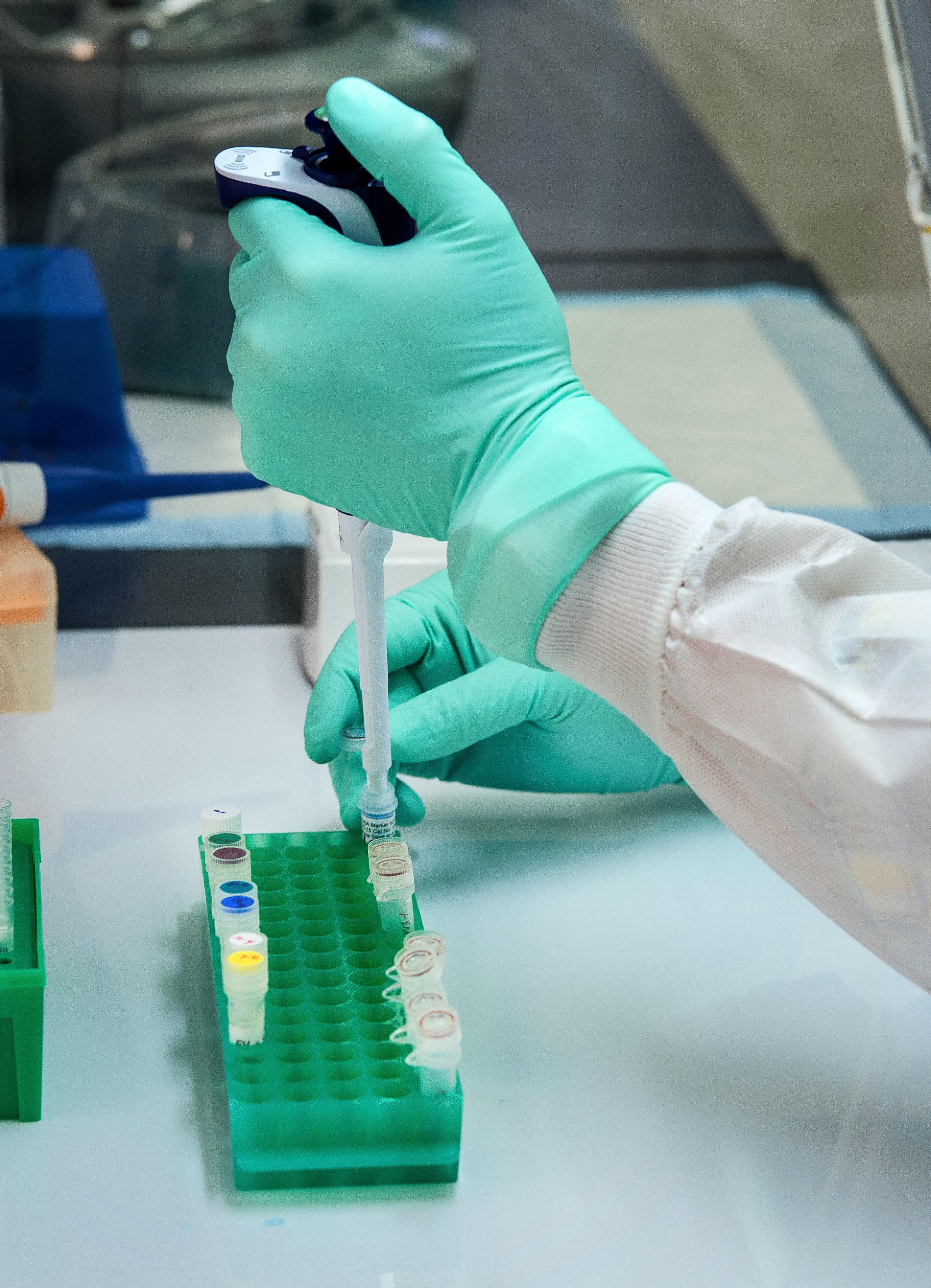
What Is Sample Pooling?
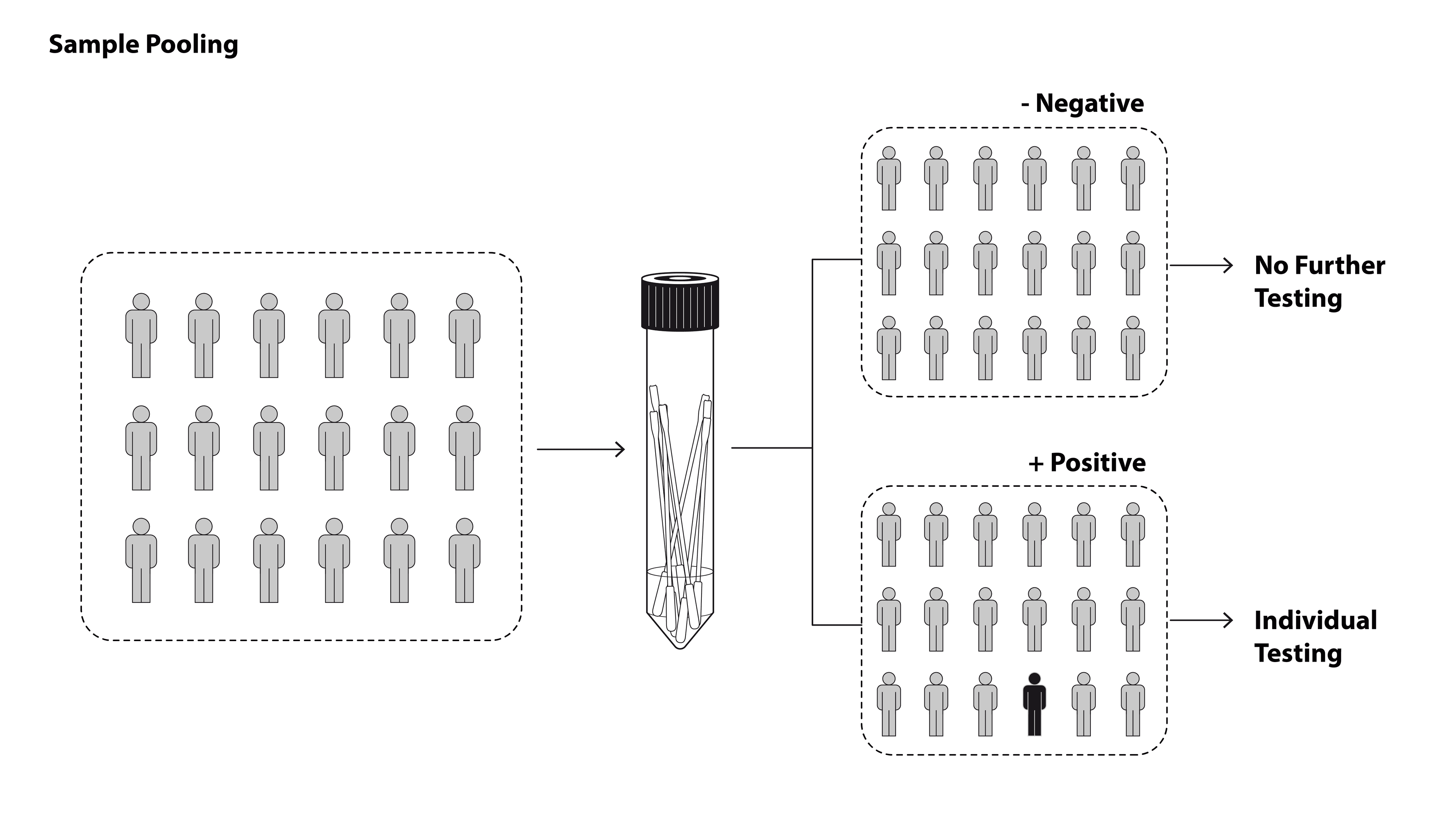
Sample pooling, as its name suggests, allows multiple samples to be tested using only one test because samples are pooled together. With sample pooling, more individuals can be monitored through fewer tests. This way, scientists can collect population-level data while conserving valuable resources like testing supplies, labor, time, and money.1
When a test using sample pooling comes back positive, this indicates that one or more individuals in the pool may be infected. When this is the case, all people in the pool need to be retested to identify the individual positive samples.2 In contrast, a negative result from a pooled test means that all samples in the pool can be presumed negative.3
Sample pooling is most frequently used for what is called surveillance testing. This type of testing is often done on individuals who are not experiencing symptoms of a disease in order to keep track of a disease within a population (more about surveillance testing this Swabology post). For example, surveillance testing has been helpful for mitigating the spread of COVID-19 on college campuses.
Advantages of Sample Pooling
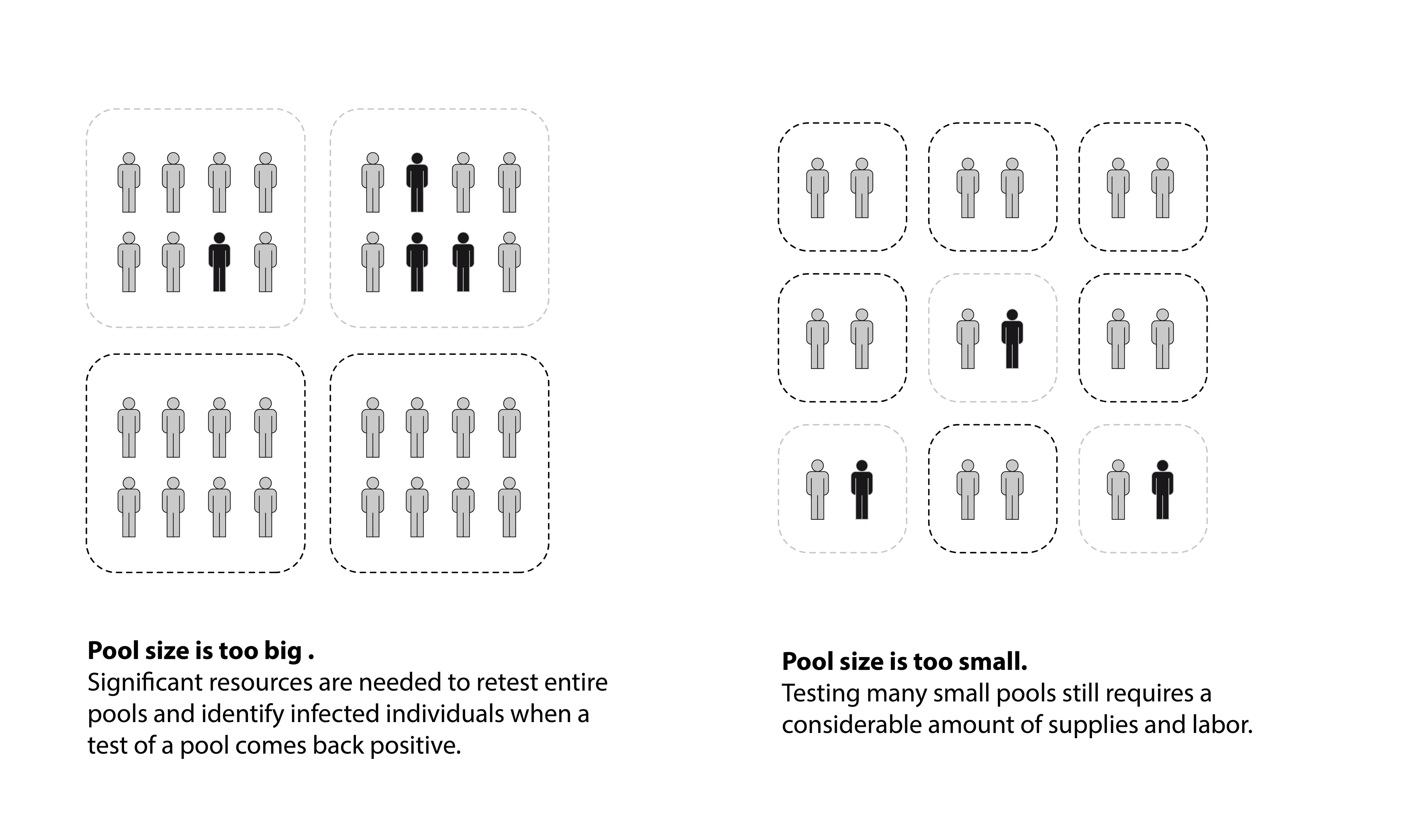
When an infectious disease in a population is relatively rare, pooling can be a useful strategy because only a small number of pools will test positive, meaning that only the individuals in those pools will need to be retested. Sample pooling is useful for surveillance testing. For accurate and efficient surveillance testing, it is important to use the correct pool size. If pool sizes are too small, the benefits of sample pooling are minimized because testing many small pools still requires a considerable amount of supplies and labor. In contrast, if pool sizes are too large, it will take significant resources to retest entire pools and identify infected individuals when a test of a pool comes back positive. To optimize sample pooling, pool sizes need to be carefully calculated according to the prevalence of the disease in a population.3 When sample pooling is done correctly, it can provide scientists with valuable information at a fraction of the cost of testing people individually.
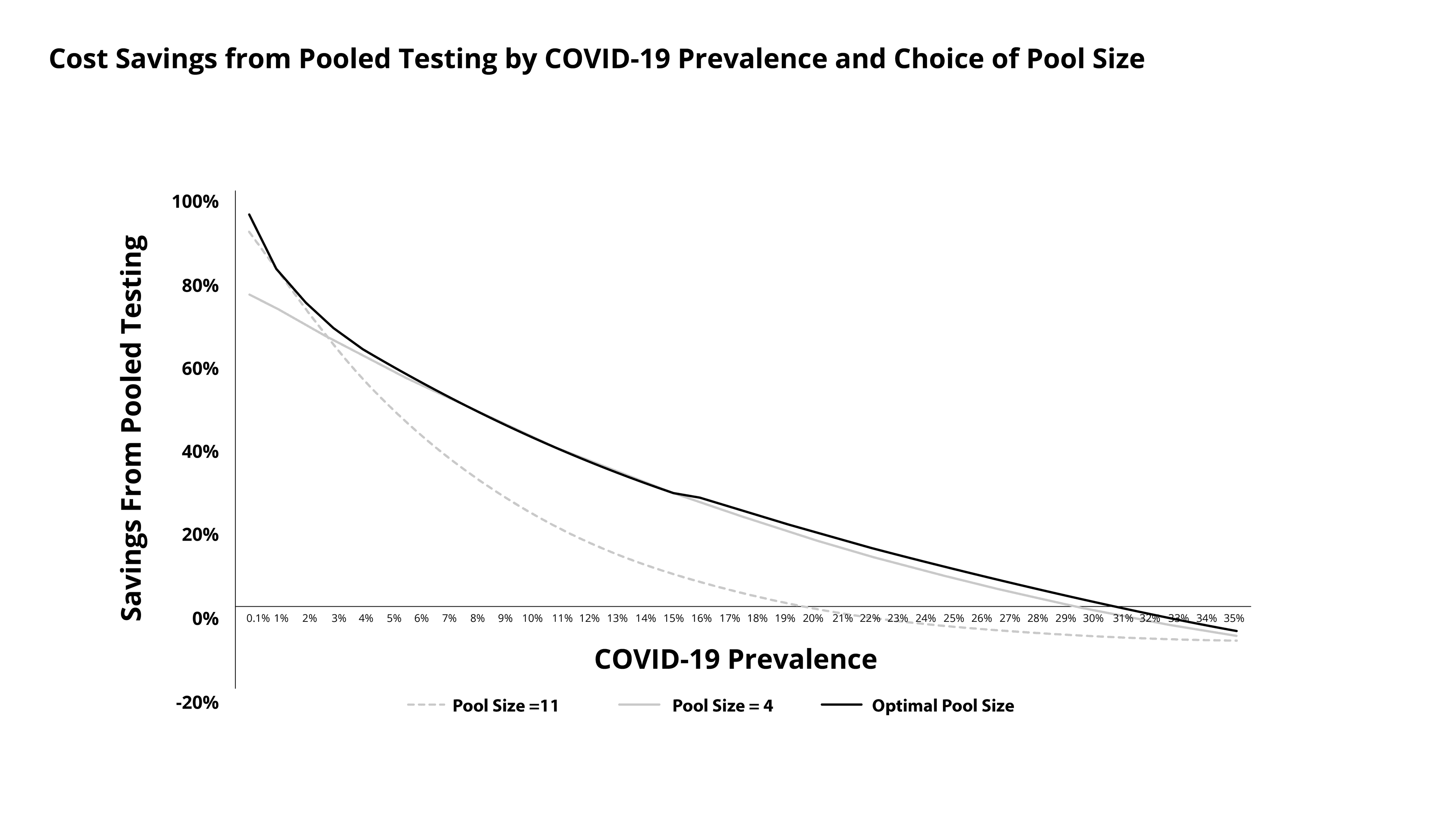
Limitations of Sample Pooling
One of the limitations of pooling is that samples get diluted when they are pooled. This may result in a lower concentration of target substances.2Thus, some cases may go undetected and false negatives may occur. In general, the likelihood of false negative results increases as the pool size increases.2
What Is At-Home Testing?
At-home tests, as their name suggests, are tests which people administer themselves, usually in their own homes. There are several categories of at-home tests including tests which are self-sampled before being sent to a lab or clinic to be processed and tests which are self-sampled and can return results at home. There are also some at-home tests which are self administered, but are monitored by a healthcare professional via video conference.
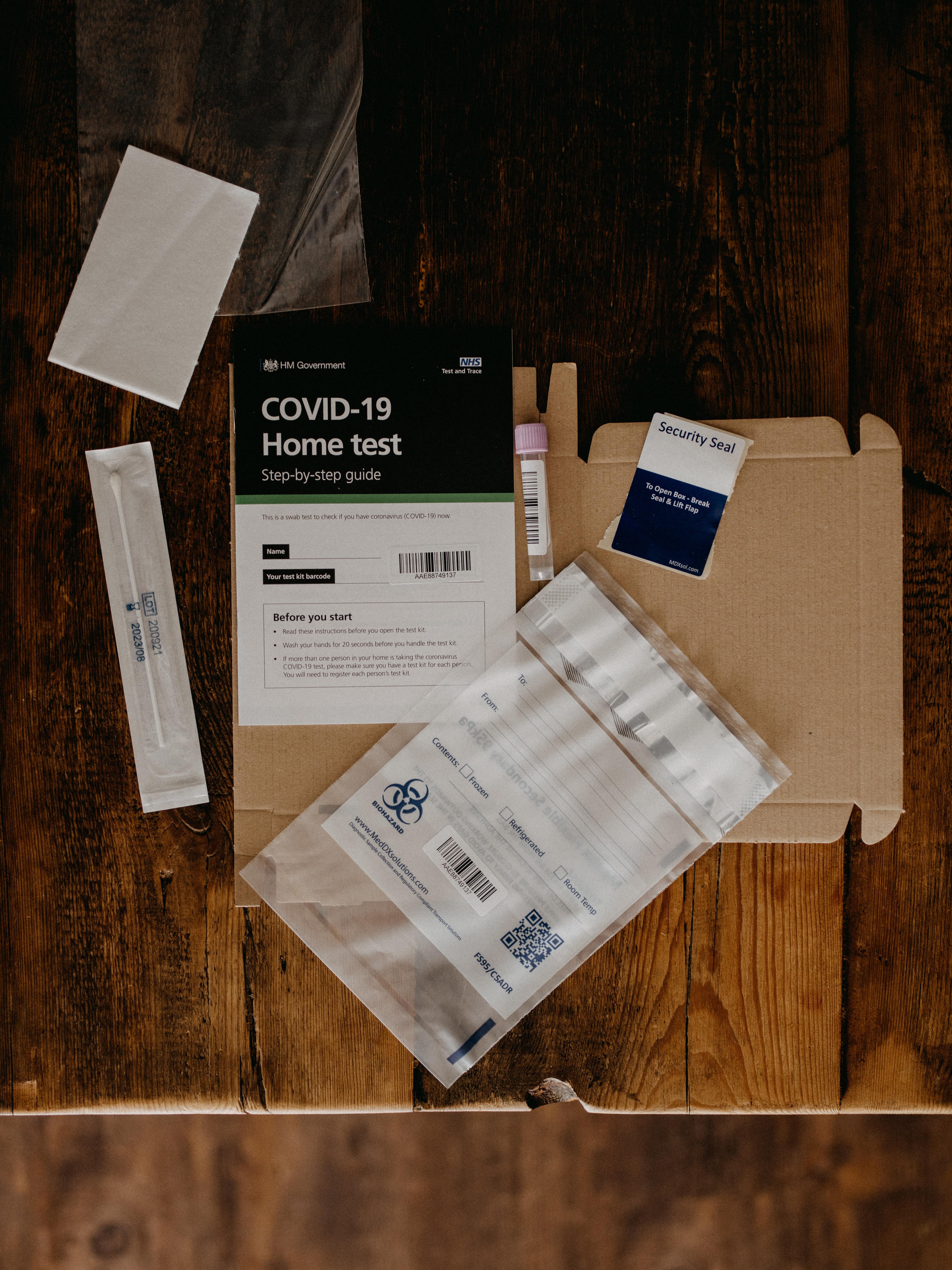
Advantages of At-Home Tests
At-home testing is a way to make infectious disease tests more accessible. People do not need to travel to testing locations and they can perform tests on their own time. At-home tests are also anonymous and private and they save labor costs.
Limitations of At-Home Tests
At-home testing cannot always be a substitute for testing at medical facilities. Some tests require a clinical lab or medical professional to take the sample. Another issue with at-home tests is that errors are more common when people administer tests themselves.5
The Big Picture
As schools, offices, and businesses reopen in the late stages of the COVID-19 pandemic, testing is playing a crucial role in keeping track of the disease, both on a population level and on an individual level. Though testing materials are not as scarce as they were during the early stages of the pandemic, conserving resources is still important. Sample pooling and at-home testing can help save time, labor, and supplies. They can also provide medical professionals and public health experts with crucial data.
Bibliography
- American Society for Microbiology. COVID-19 Pool Testing: Is It Time to Jump In? https://asm.org/Articles/2020/July/COVID-19-Pool-Testing-Is-It-Time-to-Jump-In. Published 2020. Accessed July 20, 2021.
- FDA. Coronavirus (COVID-19) Update: FDA Issues First Emergency Authorization for Sample Pooling in Diagnostic Testing | FDA. https://www.fda.gov/news-events/press-announcements/coronavirus-covid-19-update-fda-issues-first-emergency-authorization-sample-pooling-diagnostic. Published 2020. Accessed July 18, 2021.
- CDC. Interim Guidance for Use of Pooling Procedures in SARS-CoV-2 Diagnostic and Screening Testing. https://www.cdc.gov/coronavirus/2019-ncov/lab/pooling-procedures.html. Published 2021. Accessed July 18, 2021.
- Praharaj I, Jain A, Singh M, et al. Pooled testing for COVID-19 diagnosis by real-time RT-PCR: A multi-site comparative evaluation of 5- & 10-sample pooling. Indian J Med Res. 2020;152(1 & 2):88-94. doi:10.4103/ijmr.IJMR\2304\20
- The Pros and Cons of At-Home Testing for Patients: What Clinicians Should Know. https://huddle.florence-health.com/discover/content/article/pros-cons-at-home-testing-what-clinicians-should-know/. Accessed July 19, 2021.
- Goetz LH, Schork NJ. Personalized medicine: motivation, challenges, and progress. Fertil Steril. 2018;109(6):952-963. doi:10.1016/j.fertnstert.2018.05.006
- Lakdawalla D, et al. Getting Americans Back To Work (And School) with Pooled Testing. https://healthpolicy.usc.edu/wp-content/uploads/2020/05/USCSchaefferPooledTesting. Accessed October 4, 2021.
